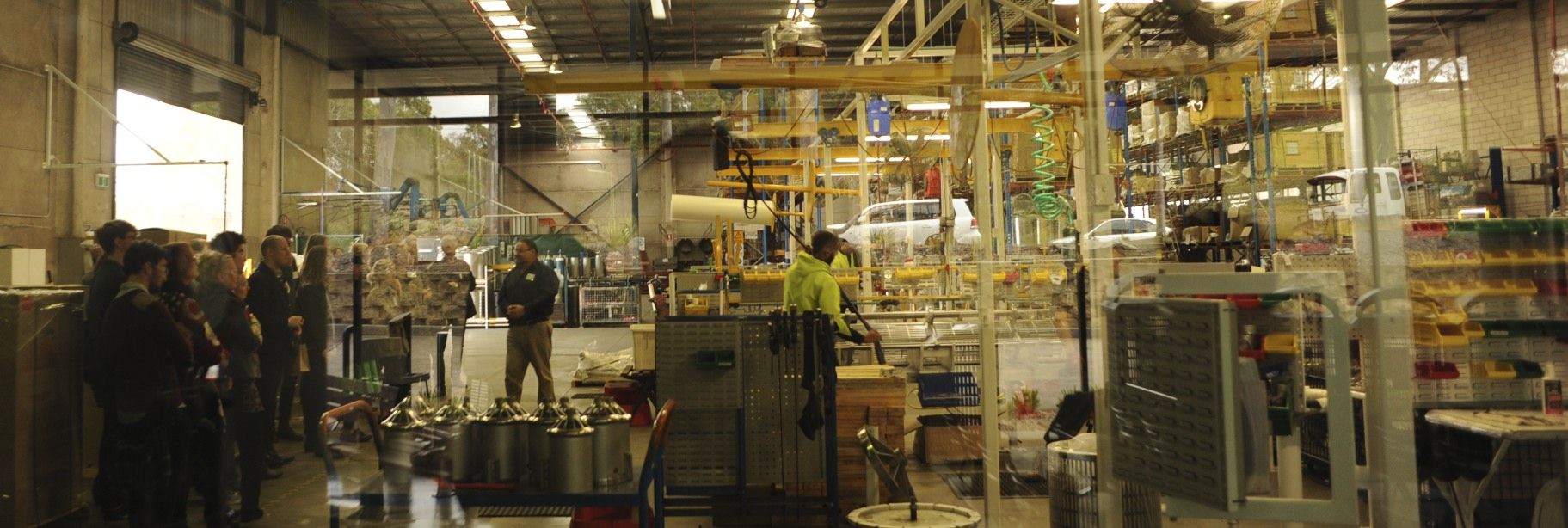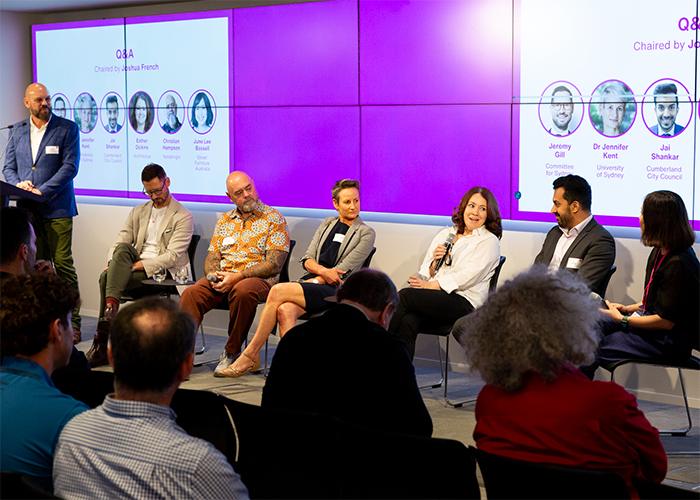Designing for Density – And Liveability: West Fest 2025
More than 200 built environment professionals from government, landscape architecture, planning and research gathered for West Fest 2025 in Parramatta NSW and online to discuss one of Western Sydney’s biggest challenges: how to design density that enhances liveability. Hosted by the Australian Institute of Landscape Architects, Cumberland City Council and Street Furniture Australia, this third annual event delivered fast-paced keynotes and two panels led by Joshua French, CEO, Greater Sydney Parklands – all focused on shaping a more connected, high-amenity future for the region. The conversation opened with insights from Jeremy Gill, Head of Policy, Committee for Sydney, who challenged the city to move beyond housing targets and instead focus on “density done well.” He emphasised that great density is defined by thriving neighbourhoods where public space, mobility, services and …
- 27 nov 2025







